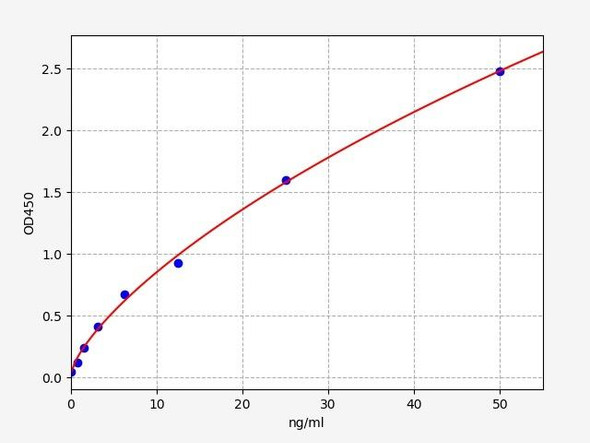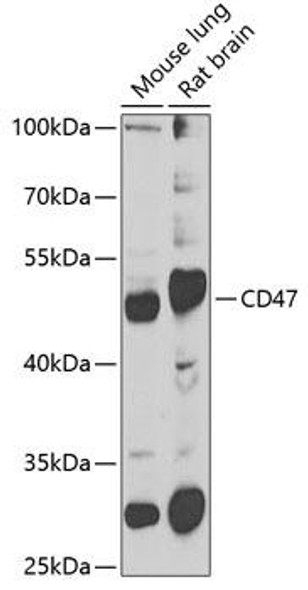| UniProt Protein Function: | SynGAP: an excitatory synapse-specific RasGAP. Member of the NMDAR signaling complex in excitatory synapses it may play a role in NMDAR-dependent control of AMPAR potentiation and synaptic plasticity. ERK activation is up-regulated in neurons from SynGAP knockout mice, whereas P38 MAPK function is depressed. May play a critical role in the regulation of neuronal MAPK signaling, AMPAR membrane trafficking, and excitatory synaptic transmission. Interacts with CAMK2A/CAMK2B and MPDZ. Phosphorylated by CaM-kinase II. Dephosphorylated upon NMDA receptor activation or SYNGAP1/MPDZ complex disruption. Contains a PH domain and a Ras-GAP domain. Two alternatively spliced isoforms have been described.Protein type: GAPs, Ras; GAPsChromosomal Location of Human Ortholog: 6p21.3Cellular Component: cytoplasm; dendritic shaftMolecular Function: SH3 domain bindingBiological Process: regulation of long-term neuronal synaptic plasticity; regulation of MAPKKK cascade; regulation of synapse structure and activity; Ras protein signal transduction; dendrite development; regulation of synaptic plasticity; visual learning; negative regulation of Ras protein signal transduction; negative regulation of axonogenesis; negative regulation of neuron apoptosis; pattern specification process; receptor clusteringDisease: Mental Retardation, Autosomal Dominant 5 |
| UniProt Protein Details: | |
| NCBI Summary: | This gene encodes a Ras GTPase activating protein that is a member of the N-methyl-D-aspartate receptor complex. The N-terminal domain of the protein contains a Ras-GAP domain, a pleckstrin homology domain, and a C2 domain that may be involved in binding of calcium and phospholipids. The C-terminal domain consists of a ten histidine repeat region, serine and tyrosine phosphorylation sites, and a T/SXV motif required for postsynaptic scaffold protein interaction. The encoded protein negatively regulates Ras, Rap and alpha-amino-3-hydroxy-5-methyl-4-isoxazolepropionic acid receptor trafficking to the postsynaptic membrane to regulate synaptic plasticity and neuronal homeostasis. Allelic variants of this gene are associated with intellectual disability and autism spectrum disorder. Alternative splicing results in multiple transcript variants. [provided by RefSeq, Nov 2016] |
| UniProt Code: | Q96PV0 |
| NCBI GenInfo Identifier: | 150421676 |
| NCBI Gene ID: | 8831 |
| NCBI Accession: | Q96PV0.4 |
| UniProt Secondary Accession: | Q96PV0 |
| UniProt Related Accession: | Q96PV0 |
| Molecular Weight: | |
| NCBI Full Name: | Ras/Rap GTPase-activating protein SynGAP |
| NCBI Synonym Full Names: | synaptic Ras GTPase activating protein 1 |
| NCBI Official Symbol: | SYNGAP1 |
| NCBI Official Synonym Symbols: | MRD5; RASA1; RASA5; SYNGAP |
| NCBI Protein Information: | ras/Rap GTPase-activating protein SynGAP |
| UniProt Protein Name: | Ras/Rap GTPase-activating protein SynGAP |
| UniProt Synonym Protein Names: | Neuronal RasGAP; Synaptic Ras GTPase-activating protein 1; Synaptic Ras-GAP 1 |
| Protein Family: | |
| UniProt Gene Name: | SYNGAP1 |
| UniProt Entry Name: | SYGP1_HUMAN |






